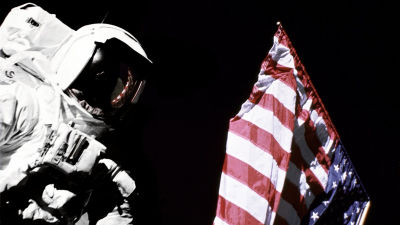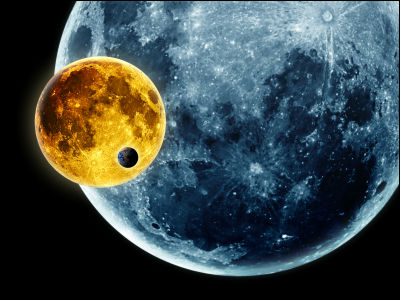How long does it take to walk around the moon?

by
In recent years, NASA has planned the 'Artemis Program' to send humans to the moon again, and expectations are rising for humans to land on the moon for the first time in decades. Meanwhile, the scientific media Live Science explains the question, 'How long does it take to walk around the moon?'
How long would it take to walk around the moon? | Live Science
https://www.livescience.com/walking-around-the-moon.html
In the manned lunar exploration conducted by NASA, images of astronauts actually walking on the moon are also recorded, and walking on the lunar surface, which is a special environment where 'gravity is one sixth of the earth', is recorded. You can see what it looks like.
Astronauts falling on the Moon, NASA Apollo Mission Landed on the Lunar Surface --YouTube
An astronaut on the moon dropped his luggage and tried to pick it up ...
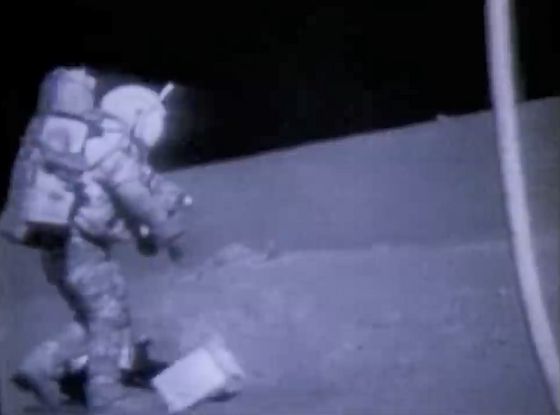
I couldn't move well because of too little gravity and I got moss.
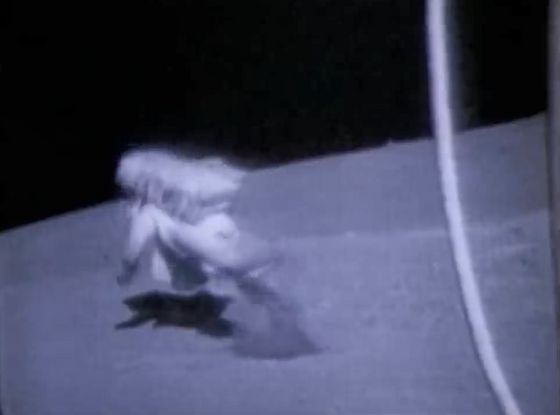
It seems that it is difficult to stand up once it is moss.
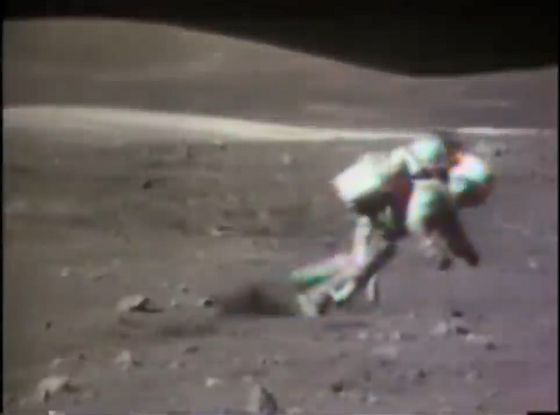
Did you notice that it's easier to move when you bounce than when you walk normally?
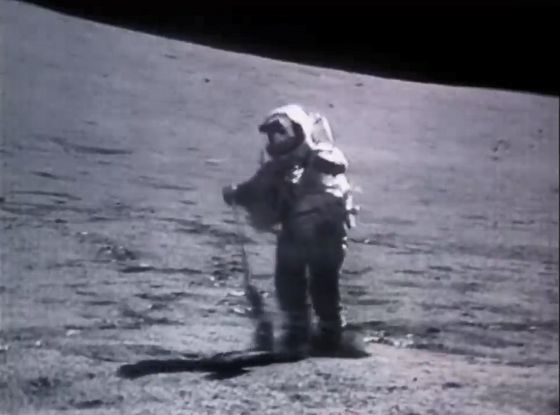
An astronaut who moves on the moon while bouncing with both feet together.
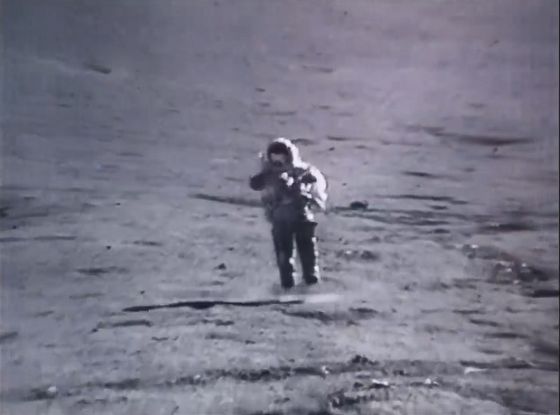
If it still mosses, it seems to moss.
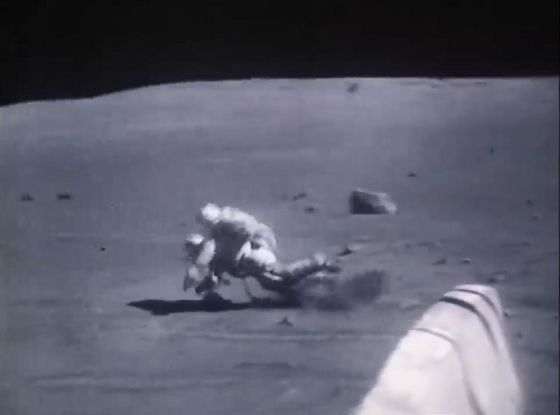
The appearance of jumping and moving with both hands protruding forward is reminiscent of
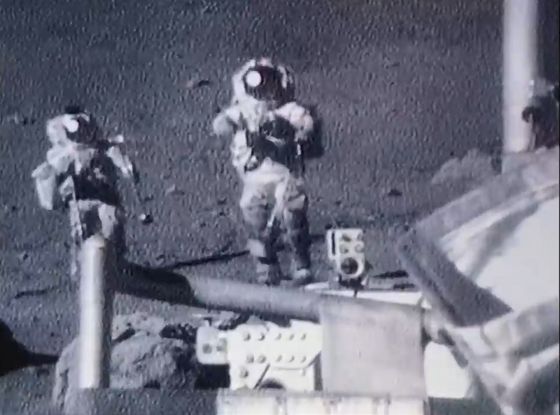
According to NASA, astronauts walked on the moon at a speed of about 2.2 km / h during the Apollo program, mainly due to spacesuits that did not consider mobility. thing.
It seems that the subject was able to 'walk while waving both hands' because he was able to walk at 5 km / h in the jet plane, and by moving his arms like a pendulum, he could partially compensate for the lack of gravity. You can do it. Therefore, if space suits that are thin and easy to move are adopted, it is expected that it will be possible to walk at a speed of about 5 km / h even on the moon.
The circumference of the moon is about 10,921 km, so if you can continue walking at 5 km / h, you can go around the moon in 'about 91 days'. Of course, this calculation does not include meal and sleep time, and in order to actually walk around the moon, 'transport goods', 'secure a place to sleep', 'select a route', 'space' There are various issues such as 'improving clothes'.

Aidan Cowley, a scientific adviser to the European Space Agency (ESA), commented, 'I think it is logistically possible' when it comes to transporting water, food, oxygen, etc. and securing a place to sleep. It is difficult to carry a huge amount of water, food, and oxygen on your back, but you can transport supplies by packing them in a 'large support vehicle that doubles as a sleeping place or shelter' and walking with the vehicle. .. This allows you to walk with the support vehicle during the day and enter the vehicle to rest at night.
In addition, existing spacesuits need to be made more mobile and improved to be more manoeuvrable on the moon. Again, some space exploration agencies are developing thinner spacesuits that allow for the 'pendulum-like arm movements' needed to walk properly on the moon.
In addition, it is not always possible to go the shortest distance when walking around the moon, and it is necessary to make a detour for craters that are several miles (km) deep, and also consider light and temperature. Have to. Cowley points out that the surface temperature reaches 100 degrees near the equator of the moon where the sun hits, while the night part where the sun does not hit drops to nearly minus 180 degrees. Although specially designed spacesuits and support vehicles can protect astronauts from harsh environments, temperature changes can change
Furthermore, the most dangerous thing to move on the lunar surface is the radiation emitted to the lunar surface by solar flares and coronal mass ejections. Cowley argued that radiation protection should also be considered when orbiting the Moon, as there is no magnetic field on the Moon to prevent it.

Cowley believes that astronauts who try to go around the moon need the endurance of an ultramarathon runner who runs over 42.195 km because they will continue to exercise on the moon with low gravity for a long time. .. Even so, it seems that it is limited to 3 to 4 hours a day to continue walking at the maximum speed, and assuming that the walking distance per day is 20 km, it will take 'about 547 days' to walk around the moon. thing.
Although theoretically possible to walk around the moon, Cowley said that humankind would have the technology and equipment needed to achieve this feat at least in the late 2030s and 2040s. Pointed out. 'There will be no agency to help with something like a round the moon, but if crazy millionaires want to try this, they may be able to do it,' he said.
Related Posts:

